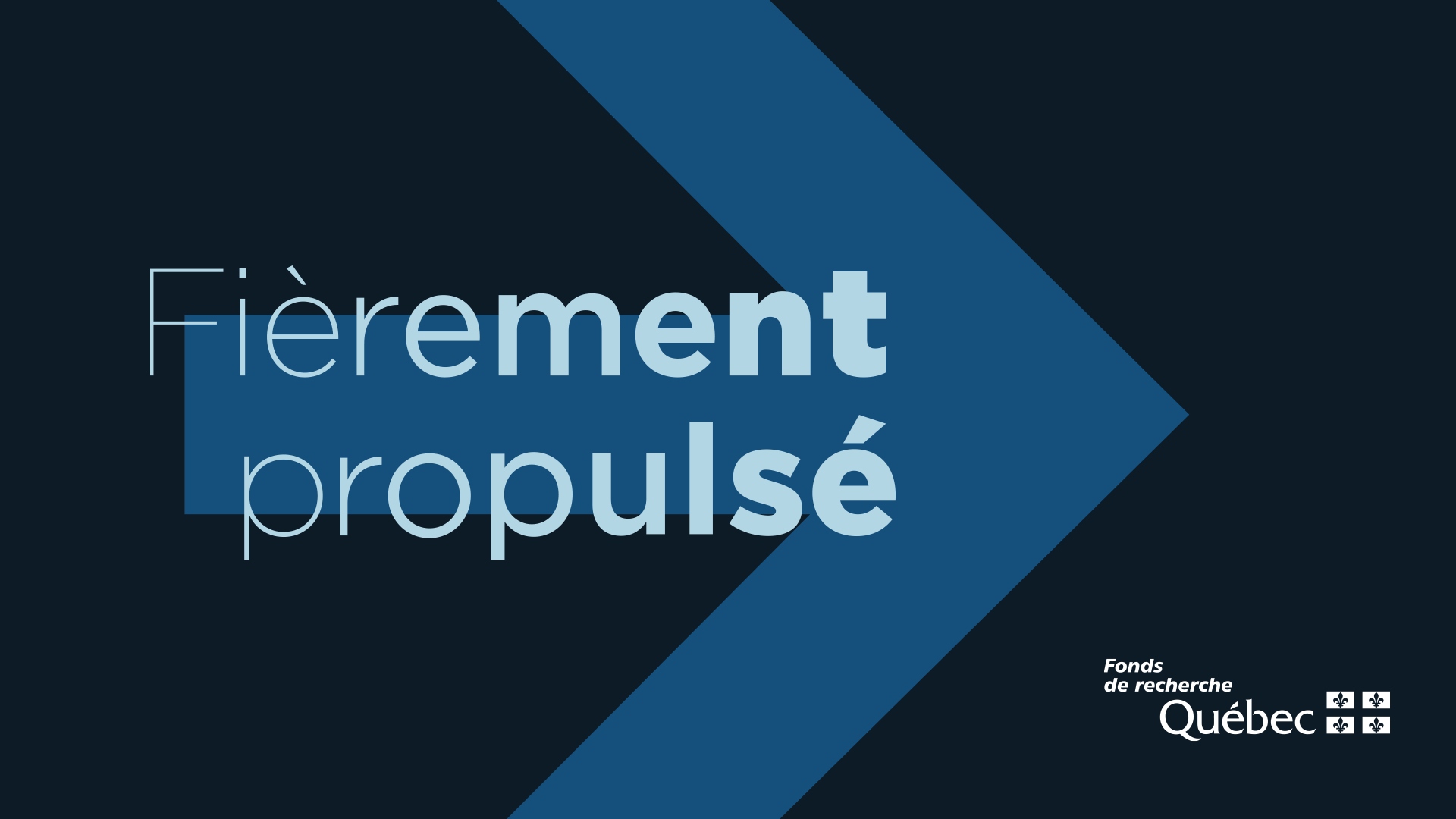New Standards for Ancient Human Remains: From Reification to Personalisation?
DOI:
https://doi.org/10.7202/1066465arKeywords:
ancient human remains, mortal remains, human dignity, burial, cemetery, professional practices and standardsLanguage(s):
FrenchAbstract
The norms regarding human remains, old or new, are changing; we are witnessing unprecedented adjustments that tend to humanize these remains. Some of these, in very different contexts, are now treated as mortal remains and can benefit from treatment that could be qualified as funeral and lead to the cemetery. These changes are frequently interpreted as the result of the expression of ties (family ties, community affiliation) that promote a grieving process or a memory dynamic. However, a second trend is at work to apply principles dedicated to mortal remains, including the principle of human dignity, to human remains that have until now been reified. This trend can be observed at two levels, that of legal doctrine and that of practice. This article is based on an example from a recent preventive archaeological excavation, that captures both the issues and the responses adopted in situ about the trajectory and fate of these human remains.
Downloads
Published
How to Cite
Issue
Section
License
Copyright (c) 2019 Gaëlle Clavandier

This work is licensed under a Creative Commons Attribution 4.0 International License.
The Canadian Journal of Bioethics applies the Creative Commons Attribution 4.0 International License to all its publications. Authors therefore retain copyright of their publication, e.g., they can reuse their publication, link to it on their home page or institutional website, deposit a PDF in a public repository. However, the authors allow anyone to download, reuse, reprint, distribute, and/or copy their publication, so long as the original authors and source are cited.

















_smaller.png)

